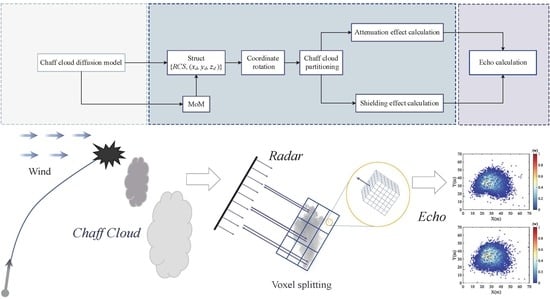Discovering A More Diverse Remote Sensing Discipline
A topical collection in Remote Sensing (ISSN 2072-4292).
Viewed by 4792Editors
Interests: remote sensing; coral reefs; unmanned airborne systems
Special Issues, Collections and Topics in MDPI journals
Interests: wetlands; conservation; digital earth africa; landscape ecology; time series; landsat; object based image analysis
2. Department of Geography and Environment, University of Aberdeen, Elphinstone Road, Aberdeen, UK
Interests: environmental remote sensing; forestry; optical; radar; UAV; time series; processes of change
Special Issues, Collections and Topics in MDPI journals
2. Laurentian University, Sudbur, ON P3E 2C6, Canada
Interests: hyperspectral; LiDAR and satellite remote sensing; recovering landscapes; secondary forests; land use change resulting from extractive industries (terrestrial and freshwater systems); protected area designation and management; indigenous and local communities participation in landscape-scale conservation and sustainability
Interests: Synthetic Aperture Radar (SAR); natural hazards; coastal inundation; marine pollution; land use land cover changes
Interests: environmental analysis; sustainability; environmental management; environmental monitoring; environment protection; environmental resources management; remote sensing analysis
Topical Collection Information
Dear colleagues,
To celebrate the launch of the new Discoveries in Remote Sensing Section, we invite authors to submit to our feature paper collection. Authors will demonstrate alignment with our action plan to promote diverse teams and authorships that are inclusive of many perspectives.
Articles may include, but are not limited to:
- Innovative remote sensing applications, methods, technology, theory, discussions, and ethics that promote our common goal;
- Transdisciplinary collaborations in support of the Sustainable Development Goals (SDGs) and Sendai Framework;
- Collaborative research that includes local and/or indigenous peoples as an alternative to 'parachute' studies;
- Frameworks for more inclusive approaches in remote sensing research;
- Critical reviews on the benefits of diverse and inclusive approaches, and how this can be better incorporated into our discipline; and
- Education and leadership in remote sensing.
Dr. Karen Joyce
Dr. Meghan Halabisky
Dr. Cristina Gómez
Dr. Michelle Kalamandeen
Dr. Gopika Suresh
Dr. Kate C. Fickas
Guest Editors
Manuscript Submission Information
Manuscripts should be submitted online at www.mdpi.com by registering and logging in to this website. Once you are registered, click here to go to the submission form. Manuscripts can be submitted until the deadline. All submissions that pass pre-check are peer-reviewed. Accepted papers will be published continuously in the journal (as soon as accepted) and will be listed together on the collection website. Research articles, review articles as well as short communications are invited. For planned papers, a title and short abstract (about 100 words) can be sent to the Editorial Office for announcement on this website.
Submitted manuscripts should not have been published previously, nor be under consideration for publication elsewhere (except conference proceedings papers). All manuscripts are thoroughly refereed through a single-blind peer-review process. A guide for authors and other relevant information for submission of manuscripts is available on the Instructions for Authors page. Remote Sensing is an international peer-reviewed open access semimonthly journal published by MDPI.
Please visit the Instructions for Authors page before submitting a manuscript. The Article Processing Charge (APC) for publication in this open access journal is 2700 CHF (Swiss Francs). Submitted papers should be well formatted and use good English. Authors may use MDPI's English editing service prior to publication or during author revisions.











